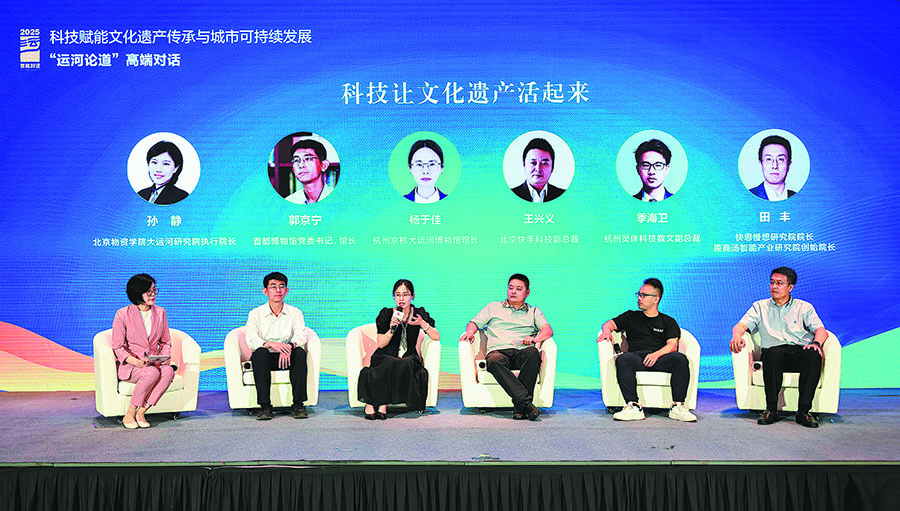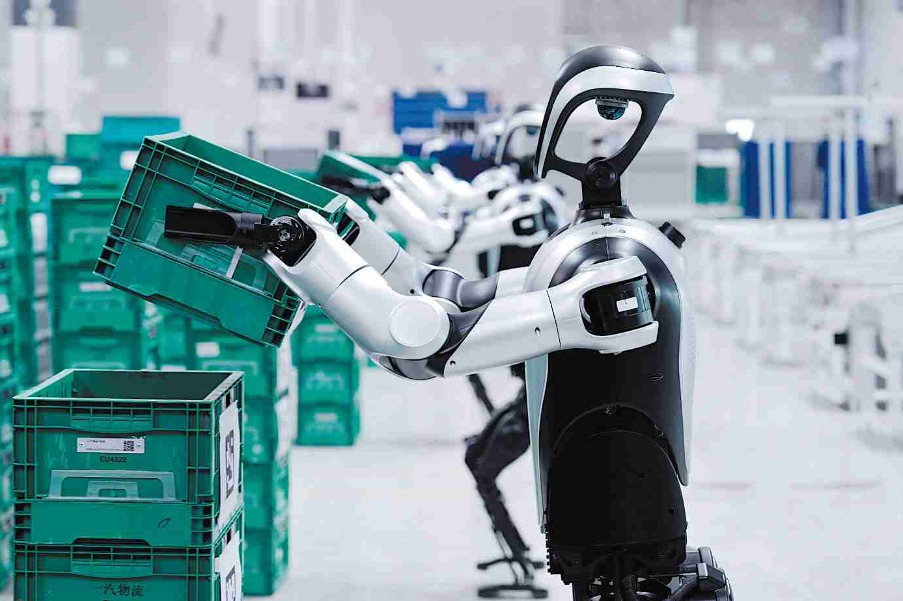How tech bridges Grand Canal culture


During a roundtable discussion, representatives from museums and tech companies discussed how technology revitalizes cultural heritage.
Capital Museum director Guo Jingning says technological empowerment and innovation have been central to the Grand Canal Museum of Beijing's mission from its inception.
The museum extensively employs technology to research, preserve and showcase artifacts, he says.
"We use multidisciplinary research and various application scenarios to narrate the canal's story, achieving a balance where content is the core, technology is the enabler, and dissemination is the pathway. This approach allows us to use technology to protect the past, shape the present and envision the future," he says.
Yang Yujia, director of the Beijing-Hangzhou Grand Canal Museum, says that while the current "museum craze" helps spread the canal's stories, infusing museums with technology should not be about pursuing flashy effects or mere visual impact. It should involve the deep integration of technology in areas like artifact preservation, exhibitions, public services and education, she explains.
Wang Xingyi, vice-president of Kuaishou Technology, highlights the popularity of intangible cultural heritage on the Kuaishou streaming platform, where over 11 million craftspeople actively share their heritage, and leveraging new technology can also significantly aid in disseminating the Grand Canal culture.
For example, Kuaishou's Keling AI can enhance video creation tools and formats, empowering users to re-create and share historical culture and stories, he explains.
Ji Haiwei, vice-president of Hangzhou Lingban Technology, says that the company's augmented reality guide glasses are now used in over 300 museums and tourist sites across China, including several city museums along the Grand Canal.
























